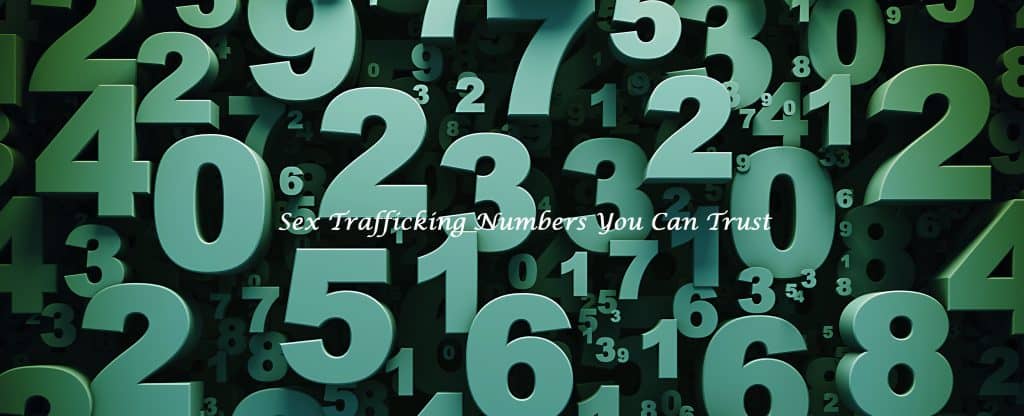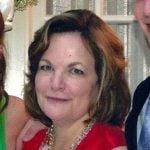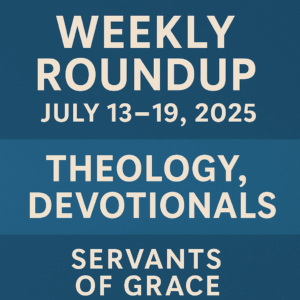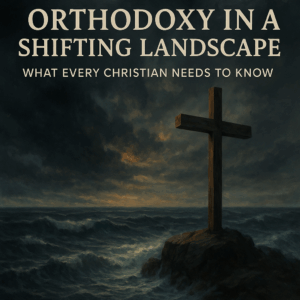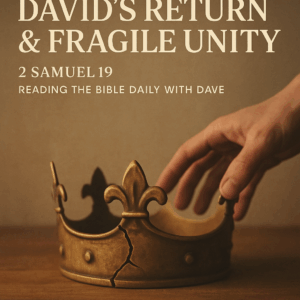⏱️ Estimated Reading Time: 4 min read
When it comes to sex trafficking, sound numbers of who, how many, and where are difficult to find. Most widely reported numbers are estimates. Many have been discredited.
The 2014 Trafficking In Persons (TIP) report included this cautionary statement when using its data: “Numbers are not always the story. Pursue individual stories of survival, new government initiatives, or innovative research efforts until better data are available.”
There are several reasons why reliable data is so elusive. For one, pimps make it a priority to remain hidden while maintaining firm control of their victims. The use of the Internet through web-based ad agencies like Backpage furthers that goal.
For those who are unfamiliar, Backpage is the world’s largest classified ad company, with sites in 431 U.S. cities and another 444 worldwide. According to Dawn Hawkins, executive director of the National Center on Sexual Exploitation, Backpage posts one million sex ads a day, many of whom are underage children. Both the buyer and seller can make transactions that are difficult to trace. I covered more about Backpage in detail here.
Another reason hard numbers are difficult to come by is because there aren’t as yet any uniform methods for collecting data on sex trafficking. For example, Jared Fogle, who admitted that he paid for sex with at least two minors, offered a finder’s fee to others if they could help him locate children as young as 14 to sexually abuse. Under federal law, buyers (johns) can be charged with sex trafficking right along with pimps. Fogle was never charged with child sex trafficking, although he was clearly guilty of the crime. Instead, he pled guilty to child pornography charges and received a much lighter sentence. Plea agreements such as Fogle’s and a disparity between state and federal laws have diluted sex trafficking numbers.
The advocacy group Polaris, created a national hotline for sex trafficking victims more than eight years ago. Polaris CEO Bradley Myles and his team attended conferences, church rallies, and awareness meetings which often seemed far removed from the victims who had no clue how to reach out and receive help. Likewise, many in the Church longed to assist these victims but had no idea how to reach them. Polaris’ hotline connected victims to more than 3000 nonprofits and law enforcement agencies. It became a bridge helping victims gain access to freedom and hope.
As the group began receiving calls and working directly with victims, an emerging theme of hopelessness prevailed. Another reason trafficked victims remain hidden is their overwhelming sense of despair keeps them silent even when they find themselves in the presence of someone who might help them.
“I had no idea you guys existed or anyone cared,” one woman told Polaris CEO Bradley Myles. She showed him her cell phone filled with text messages and missed calls. “Every one of these messages is about using and abusing my body. I’m a thing. I’m not a person.”
As word continued to get out about the hotline, the number of calls they received climbed. In their 2015 report, more than 1,600 survivors of human trafficking reached out for help—a 24 percent increase over 2014. Since its inception, they have taken more than 100,00 calls.
Ask the hotels and motels, bus and train stations in your area to display Polaris posters which contain the hotline number. The more places the number is displayed, the more likely a victim in need can make the call.
*The Polaris hotline can be accessed by calling 1 (888) 373-7888. Polaris also takes calls from concerned friends, family, and bystanders who witness a suspected human trafficking event. It’s a good idea to program it into your phone. The hotline operates Hours: 24 hours, 7 days a week and has more than 200 languages, including English and Spanish. Website: traffickingresourcecenter.org
*Bradley Myles TED talk on the headway his team is making in the fight against sex trafficking can be found here.
